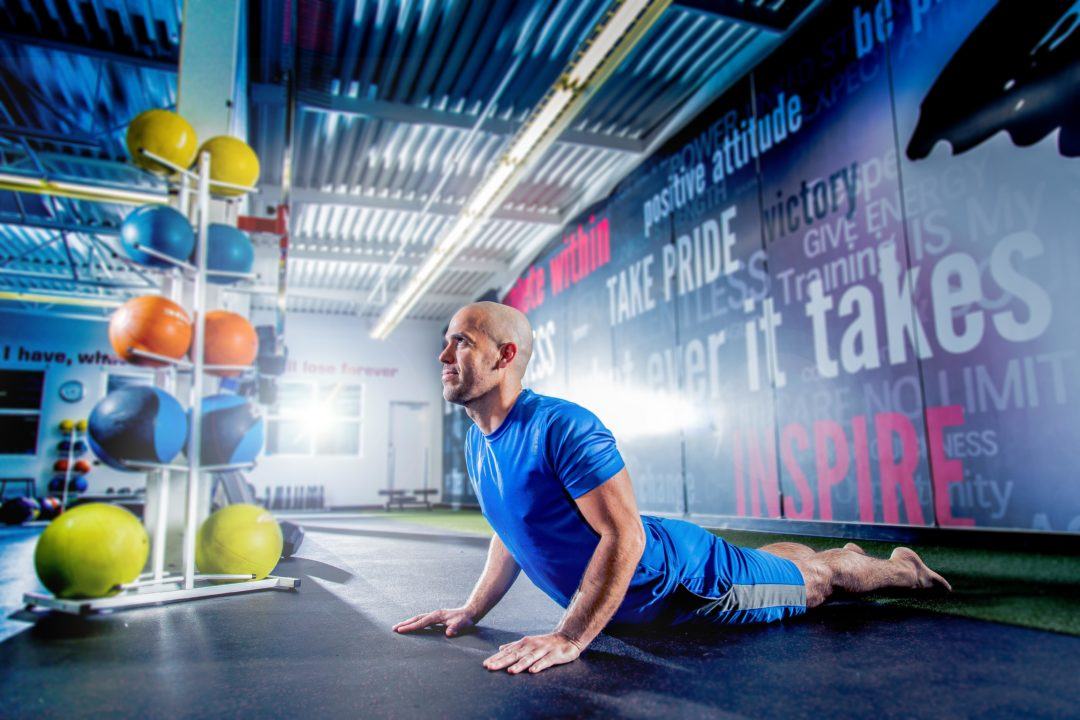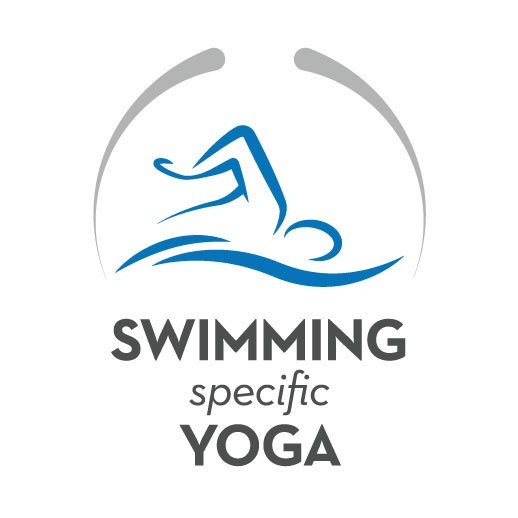Yoga is looked at in many different ways across the world. One of the great things about the practice is there are several different variations that are suitable for different populations.
Our Yoga for Swimmers series of articles are focused on sport-specific yoga.
What does that mean?
Sport-specific yoga uses the following to ensure the program meets each athletes needs:
- Individual strengths and weaknesses
- Biomechanics of the sport
- Physiological demands of the sport
- Common injuries which athletes suffer in the sport
- The individual’s core training program (periodization)
Many people have limited or no exposure to yoga.
Because of this there are many different misconceptions people have when it comes to yoga, especially within the athletic community as a whole. The beauty of building a sport-specific yoga practice is that it takes elements from different styles of yoga and incorporates them into a practice that addresses the specific needs of different sports.
In this article I will go over four of the most common misconceptions I hear when speaking with coaches, athletes and parents about sport-specific yoga.
I Am Not Flexible Enough
Quite often people think yoga is about attempting to contort yourself into weird positions that are shown in magazines, positions that most of us could never dream of getting into. Because of this something I hear quite often is, ‘I am not flexible enough to do yoga’ or ‘I am just not good at yoga’.
That is not what yoga is about; if you can breath you have more than enough ability to do yoga. Whatever your starting point is yoga can help improve your mobility and increase your range of motion. Every participant in a class can experience the same benefits in a session by adapting poses or by doing alternative poses.
A sport-specific yoga practice is also built on a fundamental principle that most other athletic training programs are, progressive overload. This means that mobility is developed by incrementally increasing challenges in a well thought out and methodical manner.
If your goal is to be on the cover of a yoga magazine most likely you aren’t flexible enough (I definitely am not), but if you want to improve your health and your performance as long as you can breath you have more than enough mobility to do yoga.
It Is Boring
Can yoga be boring? Yup. Can swimming be boring? Yup. But neither is when you are engaged in the activity. By increasing your awareness and focusing on your breath as well as the movements and poses within a sport-specific yoga session it is anything but boring.
The poses and sequence of poses used in sport-specific yoga are designed to improve different aspects of the body (mobility, strength, balance, body awareness) and the mind (focus, relaxation, resiliency) in a way that they will enhance performance in the pool.
Once understanding how a sport-specific yoga session is designed to help you achieve your athletic goals it is to become fully immersed in the practice.
Sport-specific yoga also offers variety within the sessions themselves as well as being a form of training that is different than the norm, which both encourage increased engagement. As you move through a season the priorities of your training change, one phase will be more focused on speed, another on endurance, another on race pace and so on. A sport-specific yoga practice changes to help achieve the goals of the different phases of training, which increases the variety of the poses and movements within a session.
Engagement is also created through curiosity and awareness. In a sport-specific yoga session you are encouraged to bring your attention to noticing how your body is moving through and reacting in different poses, which promotes curiosity. That curiosity in turn creates a greater sense of body awareness. Improving your body awareness will help you change movement patterns with greater ease in and out of the water.
Bringing your attention to your breath will also increase awareness and engagement. The breath is the most important aspect of any yoga practice and when you think of it breath, especially in swimming, is the most important aspect within any peak performance.
When you learn to work with your breath it allows you to move with greater ease, it enables the body to relax more efficiently and it reduces anxiety. Even though gaining a deeper understanding of how to work with the breath how often do we truly pay attention to it?
It Is Not Challenging Enough
A sport-specific yoga practice is like almost any other activity it can be designed to be as challenging as you want it to be, both physically and mentally.
Different types of yoga will challenge the body and mind in different ways. A sport-specific yoga session can challenge your strength, mobility, balance and coordination. It can also challenge your awareness, perseverance, focus and resiliency.
It Is Spiritual
Something that prevents a lot of people from practicing yoga is that they think it needs to be spiritual. For many it is, but yoga can also be practiced in a secular manner.
Sport-specific yoga is designed to develop elements that will increase your wellness and improve your performance not influence your spiritual beliefs.
One of the goals of sport-specific yoga is to create a better understanding of the connection between the body and the mind. One of the ways this is done is by practicing mindfulness that some associate with spirituality, but being mindful is simply about being aware of and engaged in the present moment. Practicing mindfulness is something that has been proven to improve performance and increase happiness no matter what belief system you follow.
…
By debunking some of the common misconceptions surrounding sport-specific yoga it makes the practice a more attractive option for athletes and coaches to incorporate into their training programs.
This Yoga for Swimmers article is brought to you by Swimming Specific Yoga the world’s top resource for online yoga classes and courses designed for swimmers.
Take a Tour of our Website!!!
Sign up here to receive the Swimming Specific Yoga newsletter
The newsletter includes information on how yoga can enhance both your swimming performance and your wellness.

